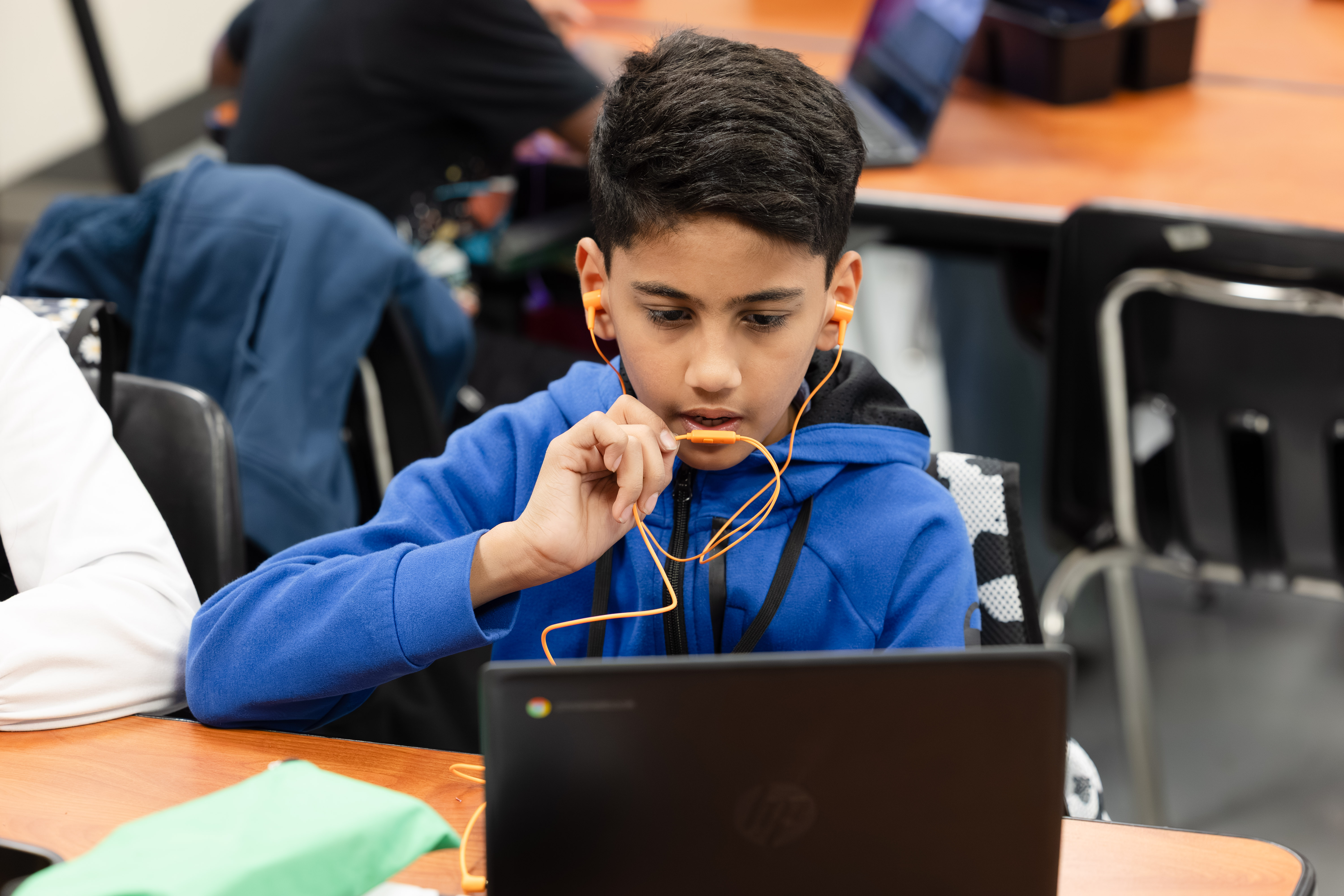Understanding Dyslexia in the Elementary Classroom

How many are affected by dyslexia?
Dyslexia is a language-based learning condition that causes difficulties in reading, writing, spelling, and other language-related skills. It is a neurobiological condition that affects nearly 20% of the entire population (1 in 5 students), and at least half of all students who qualify for special education services.
Dyslexia is a prevalent condition that impacts individuals throughout their entire lives. There is no simple cure to this neurobiological disability, but with the right tools and strategies, individuals with dyslexia can still develop the skills necessary to function and thrive!
What are the early warning signs?
Signs and symptoms of dyslexia can show up as early as preschool. Young children with dyslexia tend to struggle with learning the alphabet and correctly identifying letters. They also encounter difficulties with rhyming and understanding rhyming patterns. Writing your own name is commonly taught as an early writing skill, but many preschool-aged children with dyslexia find this challenging.
In kindergarten and 1st grade, young children with dyslexia display difficulties with phonemic awareness and phonics, often demonstrating an overreliance on picture clues. They generally avoid reading time at all costs. Although learning is often quite challenging for students with dyslexia, these children often excel in other academic areas such as advanced vocabulary, high reading comprehension, and enhanced visual-spatial skills.
What tools can educators use to screen for dyslexia?
The great news is there are tools like Istation that screen students for a risk of reading difficulties like dyslexia. It’s important to note that there is no single tool that can fully diagnose dyslexia. But, tools like Istation are powerful in that they can help educators easily identify those at risk and/or needing additional interventions.
Istation’s screener automatically assesses and collects data bi-monthly on student learning and skill deficits through a methodology called “screen and intervene.” Istation’s Indicators of Progress, better known as ISIP™, consists of a series of tests that are grounded in the National Reading Panel’s Big Five essential components of reading: phonemic awareness, phonics, fluency, vocabulary, and comprehension.
An additional data collection method is the ISIP Rapid Automatized Naming (RAN) assessment. ISIP RAN measures processing speed, which is an important piece of the puzzle when looking at students at risk for dyslexia. This assessment is nationally normed to give teachers an additional indicator to identify dyslexia risk. Istation also incorporates cutting-edge technology in its oral reading fluency assessment, in which students record themselves reading aloud. Voice recognition technology then automatically measures reading fluency.
Early screening is crucial because the sooner reading discrepancies can be identified, the sooner educators can respond and provide interventions to support a struggling learner or determine if a full evaluation is needed. Early identification leads to better learning outcomes.
It is important to remember that dyslexia does not define an individual. It is simply one part of who they are and how they experience the world!
As educators and students continue to navigate the challenges of dyslexia, know that you are not alone. Istation offers support for teachers and students through advanced technology and multi-dimensional tools with proven results.
Read more from the AI & The Reading Brain Blog


.avif)
